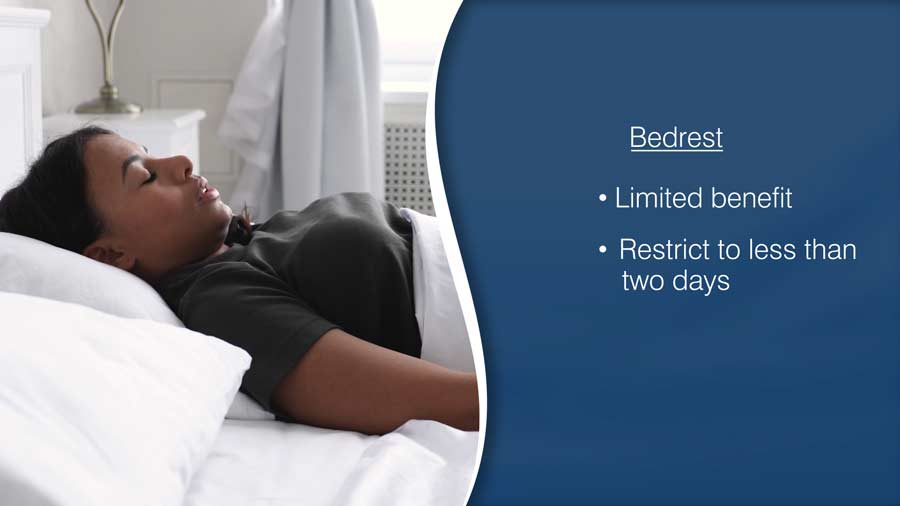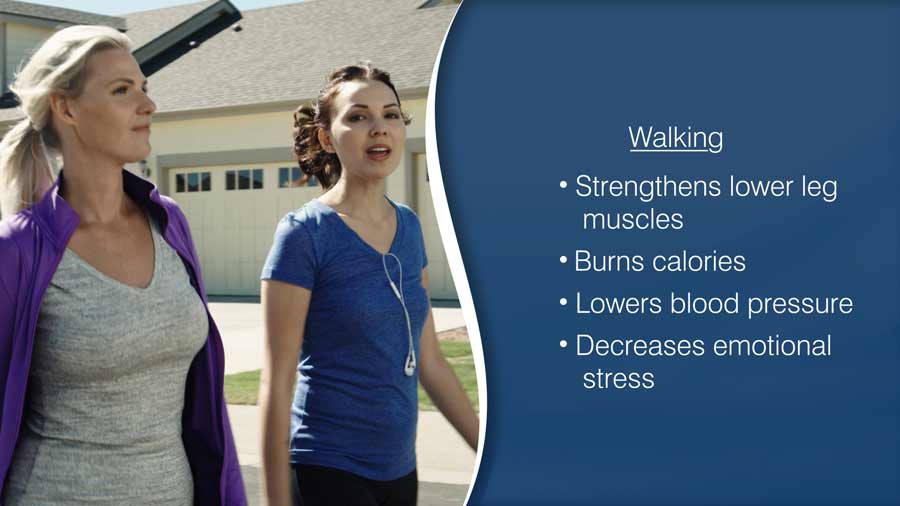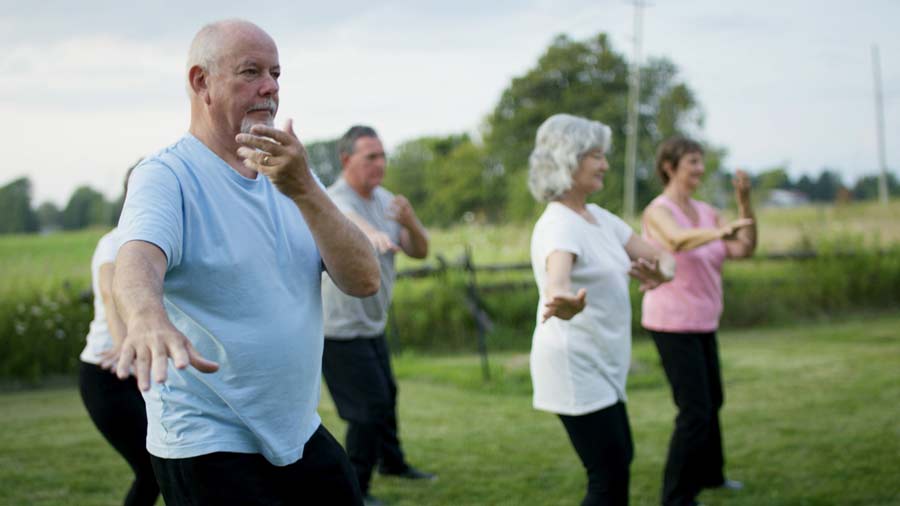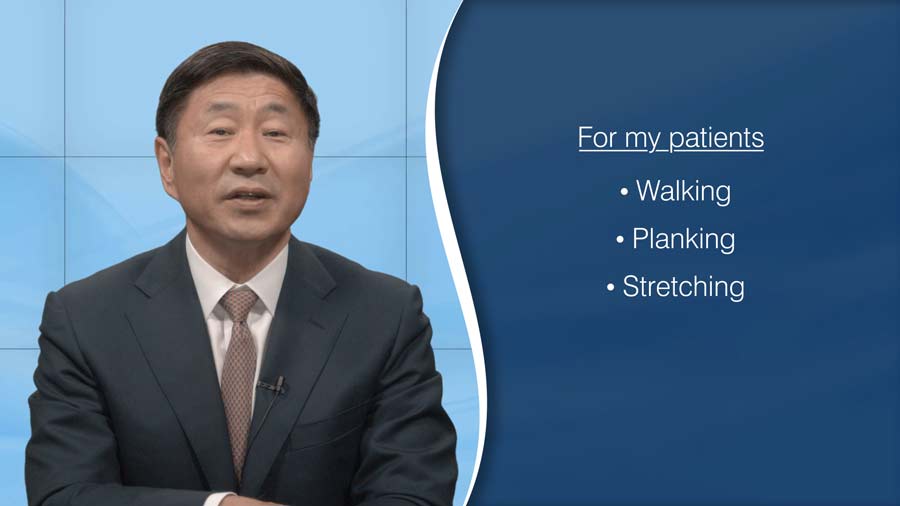Walking and Stretching to Relieve Back Pain
Why do I recommend walking, stretching and exercising for chronic low back pain?
For all back pains, we know that a person with good overall condition, good back and stomach muscle strength, and good flexibility will be less likely to develop a chronic back condition.
If you have chronic back pain, I would recommend staying active, walking, stretching and exercising. There are some scientific basis for those recommendations.
Let’s first explore bedrest. While it may make sense to you, it turns out not to be that great a benefit.

Make sure to limit bedrest to no more than two days. Enough research has shown that bedrest for 7 days will lead to muscle weakness and atrophy. You will have a prolonged recovery, and you will be less likely to return back to your normal activities.
Walking is a great way to strengthen your leg muscles, burn calories, lower blood pressure, and decrease emotional stress. Each of these components also help you manage the back pain related concerns of muscle loss, obesity, other pain related conditions including hypertension. In addition, walking helps to stress your core muscles. While walking is not designed to build the core, it nevertheless helps with maintenance.

I recommend people to walk at least 15 to 20 minutes a day while recovering from back pain. It does not cost anything. It does not require any equipment, and most people can find at least that amount of time in a day. It comes down to desire and discipline.
Regarding exercise, it turns out simple pilates, yoga, planking, and tai chi improves the stomach and back muscle strength, That in turn helps with back pain, spinal stenosis complaints and recurrence of back pain frequency and duration.

Enough research studies have shown that people who stick to an exercise program for at least 6 to 8 weeks show a decrease in intensity of back complaints.
While there has been efforts to try to see if there is a difference between core exercises and stretching alone, most will conclude that the most important principle is to stay active. Stretching usually is associated with some stomach and back strengthening. The purists will argue that you must also add the specific yoga, planking, tai chi and light weight training.
For my patients, I recommend walking, then supplementing with planking and stretching.

I know this is alot to consider. To make it simple, just stay active. Move at least 20 minutes 3 to 4 times a week. Gradually increase your amount of movement. It will make you stronger. Over time, it should help your chronic back pain.
You will always have some back pain, and recurrences should be expected.
If your back and stomach muscles are strong, you will have shorter episodes, and hopefully longer periods of reduced pain.
I hope your back starts feeling better soon. Please be patient, and focus on the improvements.
Citations
- Oliveira CB, Maher CG, Pinto RZ, Traeger AC, Lin CC, Chenot JF, van Tulder M, Koes BW. Clinical practice guidelines for the management of non-specific low back pain in primary care: an updated overview. Eur Spine J. 2018 Nov;27(11):2791-2803. PubMed PMID: 29971708
- Hanson S, Jones A. Is there evidence that walking groups have health benefits? A systematic review and meta-analysis. Br J Sports Med. 2015 Jun;49(11):710-5. PubMed PMID: 25601182
- Majeed A S, Ts A, Sugunan A, Ms A. The effectiveness of a simplified core stabilization program (TRICCS-Trivandrum Community-based Core Stabilisation) for community-based intervention in chronic non-specific low back pain. J Orthop Surg Res. 2019 Mar 22;14(1):86. PubMed PMID: 30902095
Last modified: September 2, 2020









